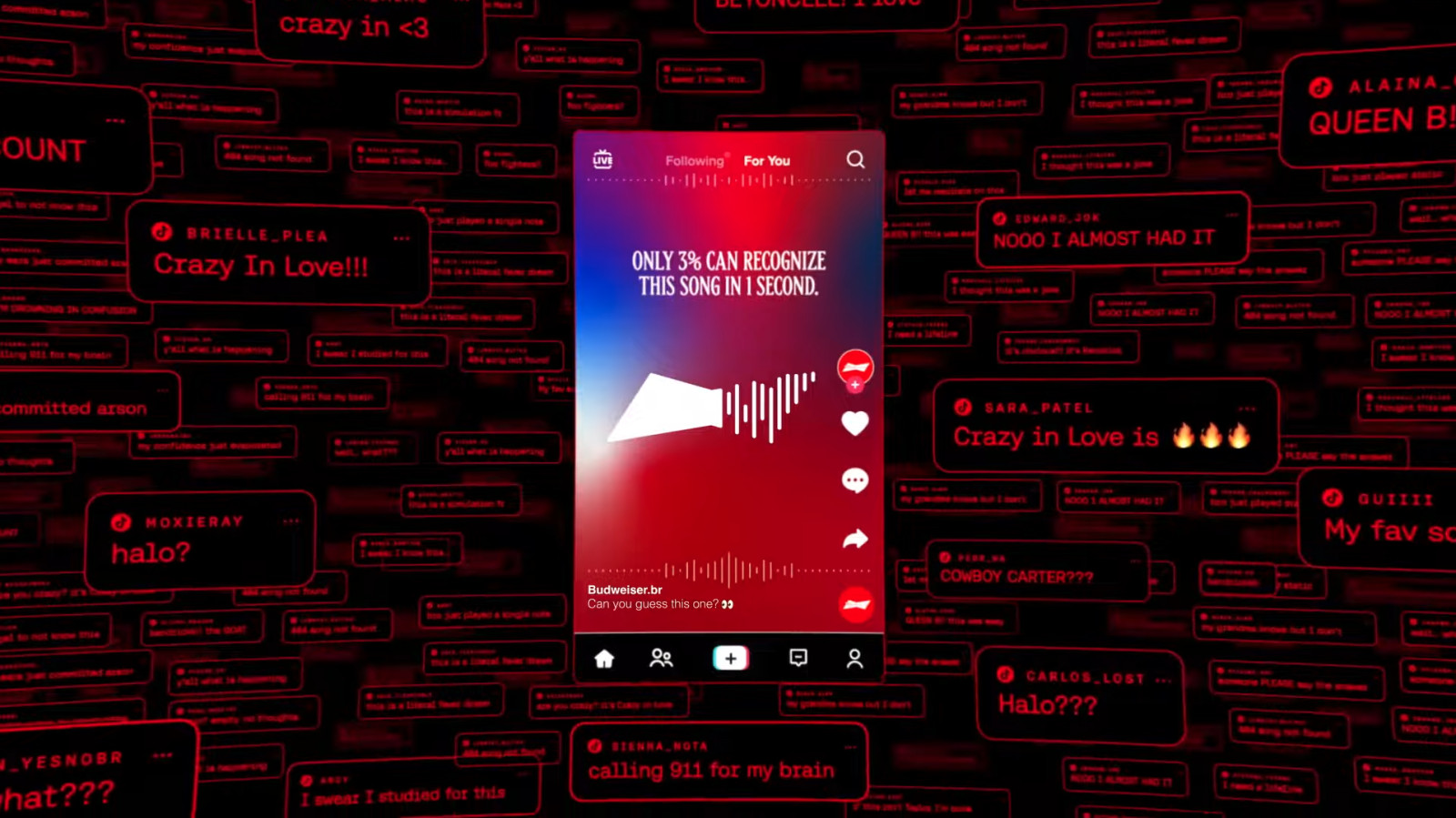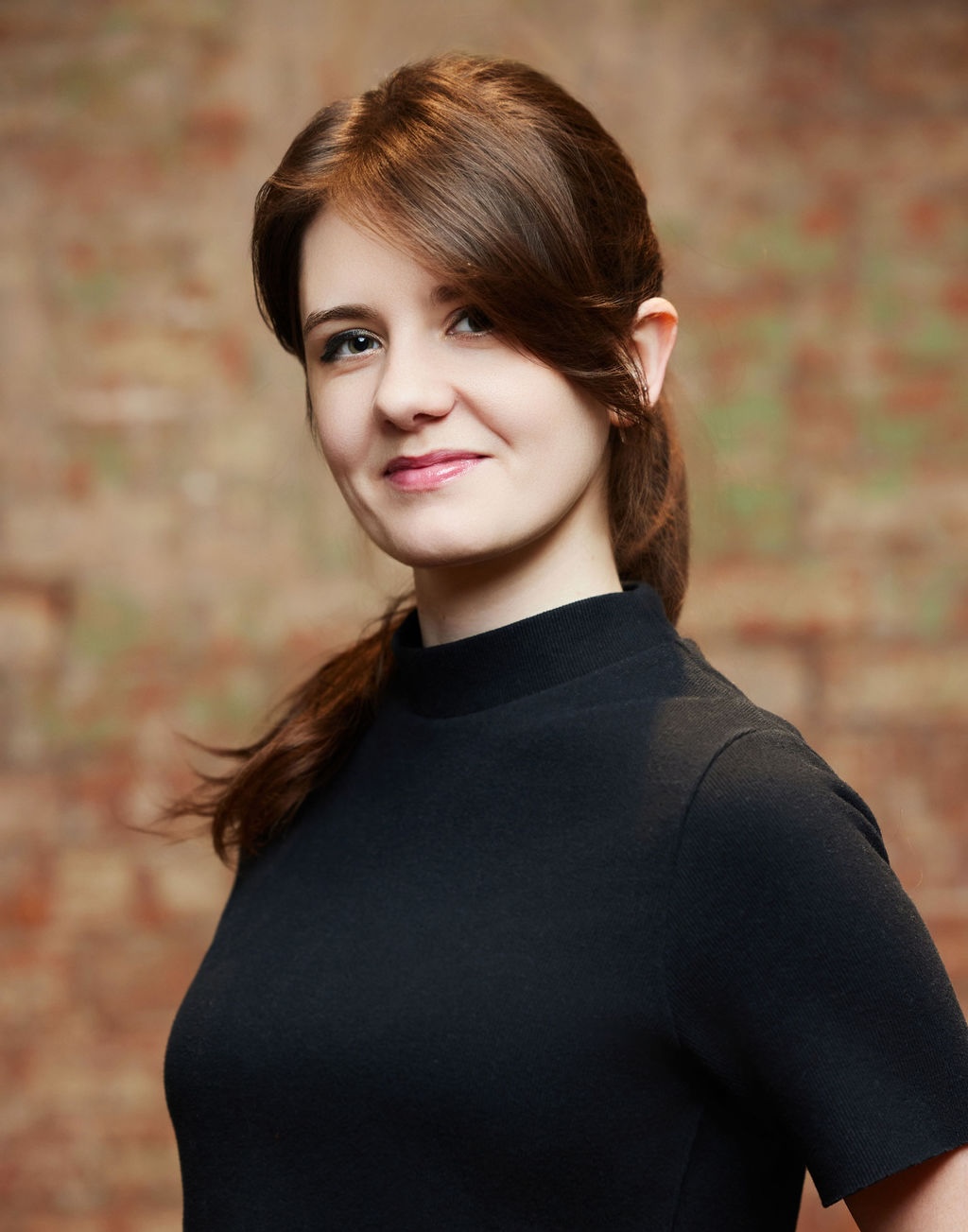Budweiser’s royalty loophole ad: How AI and social have changed the value of creators

Photo: Budweiser, Amazing Ads

Advertising is a critical component of the entertainment industries. It supports free tiers of video streaming, forms the backbone of social platform revenues, and contributes significantly to the music industry through sync, licensing, and ad-supported streaming.
Earlier in June 2025, the Cannes Lions awarded Budweiser the Grand Prix in Audio and Radio for its “one second ads” campaign. Judges noted its creativity, and “efficiency” for not having to pay licensing fees (via Contagious).
The Budweiser campaign was a series of one-second ads featuring music from the Beatles to Beyoncé, challenging audiences to guess the track. It avoids the need for licensing (in theory) by not having enough of the original song feature for copyright protection, while simultaneously banking on that one second being enough to be recognisable. Or, in the words of the brand, “the minimum fans need to recognise a song… [and] the maximum allowed without paying for music rights”.
Some of the ads, which originally targeted Brazil, are not currently available to view on YouTube due to rights claims.
When cutting costs means cutting out creators
The intention to cut costs is not new or unique. Creators, who tend to be driven by love of the craft, rather than massive financial rewards, are rarely on the winning side of a corporate negotiating table. What is startling to the music industry is the blatant admission that not paying creators was a goal – one that has earned the respect of other advertisers.
It is hard to imagine this is merely coincidental with the rise of AI, and the copyright battles that have come with it. The relationship between AI companies and creators is a visibly antagonistic (if not disdainful) one. Sam Altman has said it would be hypothetically “cool” to one day have a revenue-sharing model that allowed original creators to be compensated for use of their work – just that it would be difficult to do. Yet his company is found to have violated existing copyright protections by training on content behind paywalls (via AI News). Hayao Miyazaki, the creator of Studio Ghibli, famously called AI “an insult to life itself” (per The Independent). Despite this, a ChatGPT update appeared to be trained on the studio’s entire works, sparking the viral “ghiblification” trend – one even Altman himself jumped in on.
Featured Report
Social audiences are fragmenting Social platform user profile
The social marketplace has been growing – but attention is a finite resource, as is consumer time. As a result, audience attention is fragmenting across many different apps, with the biggest – YouTube, Instagram, Facebook, and TikTok –still dominating.
Find out more…When the AI craze first started, MIDiA highlighted that the biggest “problems” generative AI solves is the need for companies to pay creators. AI companies have initiated a game of chicken with regulators – they either regulate AI companies and make them pay, and likely crash, or undermine copyright protections for creators. As a result, it seems to have become a normal perception in other industries that paying artists and creatives is a problem to be solved for them, too.
Beyond AI, where do creators sit?
Social platforms have had their own major role to play in this perception shift. By enabling anyone to be a creator, they have levelled the playing fields of distribution and discovery so thoroughly it is difficult for anyone, even the biggest stars, to stand out. This has effectively made the supply of creators limitless, and therefore low-cost.
All creators are now broadly the same, no matter their medium, origin, or aspirations. They start on social media as independents, grind for years, get some institutional support, go viral (hopefully), then launch a product line or events-based business model. It is a vulnerable position to be in because it seems so accessible and yet has little longevity or security.
Industries traditionally built around these creators, like music, must now rethink their own positioning as well. Do they defend creators, their rights, and thus their own original USPs? Or do they embrace the laissez-faire, everything-for-the-content game, and simply cash out on short-term licensing where they can?
AI is still largely not profitable, and has no roadmap to becoming so. Generative AI started out free, and casual users will likely never see a point in paying more: this is something that music and social have both struggled with but had ad-supported offerings to lean on. Generative AI platforms do not.
What they do have are some corporate subscriptions and, now, military contracts (per The Guardian). AI being funded by government is not a great look if those governments abandoned all the creative industries to get there – or if the only people benefitting are ad executives who can do a bit of cost saving.
If creators, and the industries around them, want a long-term future, they should not take this change in perception lightly. Yesterday it was OpenAI denigrating the value of paying creators; today it is Budweiser. As regulation looks unlikely to step in unprompted, and the narrative continues on this trajectory, they should be wary of who it will be tomorrow.

There is a comment on this post, add your opinion.